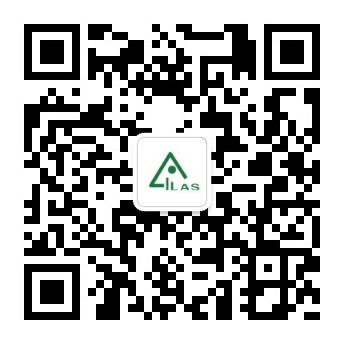An animal model of SARS produced by infection of Macaca mulatta with SARS corona
J Pathol. 2005 Jul;206(3):251-9.
An animal model of SARS produced by infection of Macaca mulatta with SARS coronavirus.
Qin C, Wang J, Wei Q, She M, Marasco WA, Jiang H, Tu X, Zhu H, Ren L, Gao H, Guo L, Huang L, Yang R, Cong Z, Guo L, Wang Y, Liu Y, Sun Y, Duan S, Qu J, Chen L, Tong W, Ruan L, Liu P, Zhang H, Zhang J, Zhang H, Liu D, Liu Q, Hong T, He W.
Institute of Laboratory Animal Science, Chinese Academy of Medical Sciences (CAMS) and Peking Union Medical College (PUMC), Beijing, China, 100021.
Abstract
A new SARS animal model was established by inoculating SARS coronavirus (SARS-CoV) into rhesus macaques (Macaca mulatta) through the nasal cavity. Pathological pulmonary changes were successively detected on days 5-60 after virus inoculation. All eight animals showed a transient fever 2-3 days after inoculation. Immunological, molecular biological, and pathological studies support the establishment of this SARS animal model. Firstly, SARS-CoV-specific IgGs were detected in the sera of macaques from 11 to 60 days after inoculation. Secondly, SARS-CoV RNA could be detected in pharyngeal swab samples using nested RT-PCR in all infected animals from 5 days after virus inoculation. Finally, histopathological changes of interstitial pneumonia were found in the lungs during the 60 days after viral inoculation: these changes were less marked at later time points, indicating that an active healing process together with resolution of an acute inflammatory response was taking place in these animals. This animal model should provide insight into the mechanisms of SARS-CoV-related pulmonary disease and greatly facilitate the development of vaccines and therapeutics against SARS.
全文下载:https://onlinelibrary.wiley.com/doi/full/10.1002/path.1769

 微信公众号
微信公众号 京公网安备11010502033649
京公网安备11010502033649